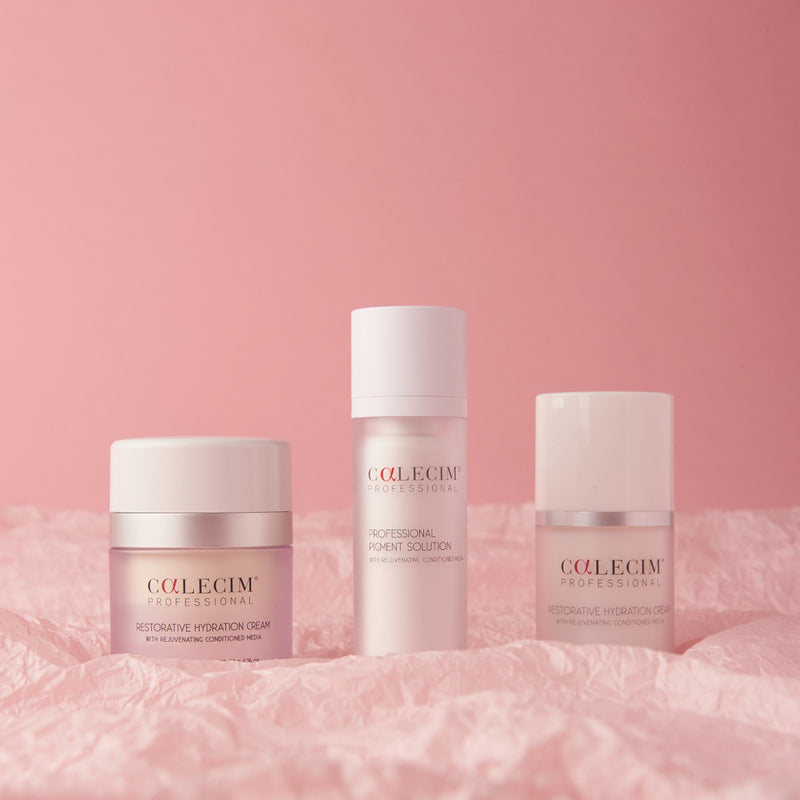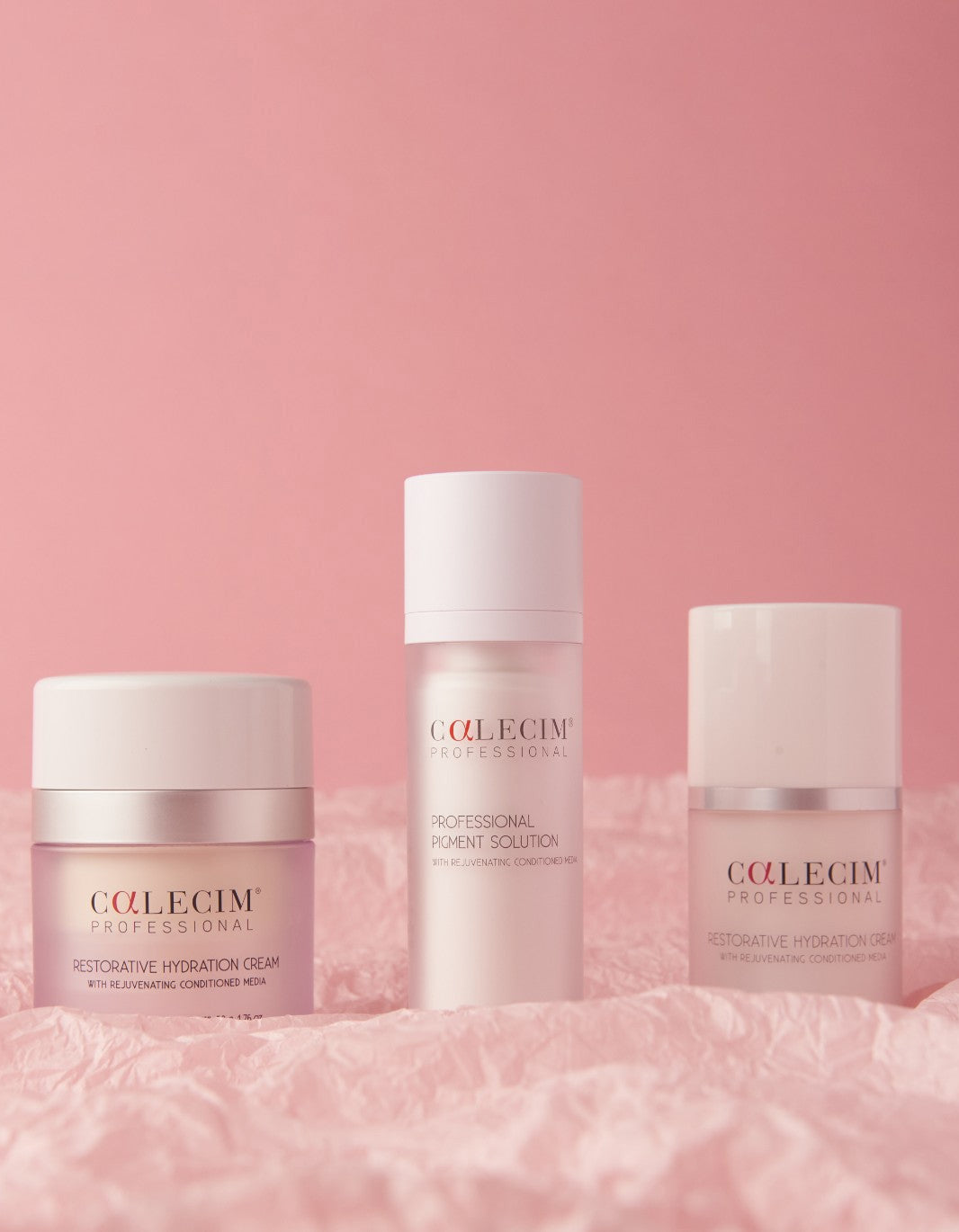You can beat menopause skin.
As we get older –particularly as we hit the menopause — our skin loses its youthful plumpness anddewiness. And we are left with papery thin skin that has lost its stretch.But there’s no need to panic.

As we get older - particularly as we hit the menopause — our skin loses its youthful plumpness and dewiness. And we are left with papery thin skin that has lost its stretch. But there's no need to panic. Here cosmetic dermatologist Dr Tapan Patel, director of London's PHI clinic, explains how you can fight back.
What happens to skin during menopause?
A lot of women complain about dry, itchy, thinning skin during menopause. That's because the production of collagen - the building block of the skin - decreases after a certain age and, during menopause years, it could drop as much as 30 per cent. That's disastrous for skin integrity. At the same time, elastin – which makes your skin snap back when pinched - also declines massively as does hyaluronic acid, which holds moisture in.
What can be done?
For lines on the face, Botox can be useful. We can use soft tissue fillers for jowls and sagging and there are skin booster injections containing hyaluronic acid to hydrate the skin.
To improve the appearance of pigmentation, lines and wrinkles, there is laserresurfacing and radiofrequency microneedling which removes old, damaged collagen and dead skin.
And there's Calecim, a serum containing billions of different molecules that contain growth factors which can repair the skin tissue.
‘We’re seeing obvious improvements in skin radiance after a few months of use and a drop of up to ten or 11 years in skin ageing'
-Dr Patel, Director of PHI Clinic
HEALTHY SKIN:
Calecim has been shown to produce big increases in elastin and hyaluronic acid, meaning skin that looks considerably younger
How does Calecim work?
It’s a stem cell-derived serum. All the cells in our body start from a stem cell which contains little packages called exosomes which have all the material required to repair and regenerate tissue.
These go into PTT-6, Calecim’s active ingredient. Studies have shown that when PTT-6 is applied to aged skin cells,there’s a 56 per cent increase in elastin and 83 per cent increase in hyaluronic acid production. That’s phenomenal.
Can it be used at home?
Yes, and we’re seeing obvious improvements in skin radiance after a few months of use and a drop of up to ten or 11 years in skin ageing.
In the clinic, we apply Calecim after laser resurfacing and radiofrequency microneedling which not only gets itwhere it needs to be – into the skin – it improves healing and cuts recovery time from ten days to four or five.
There are no side effects we’re aware of and no downtime.
















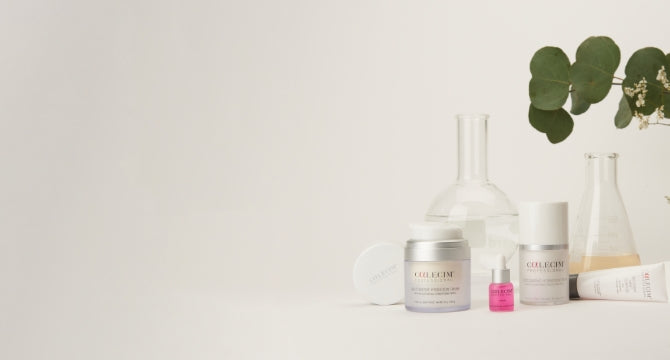
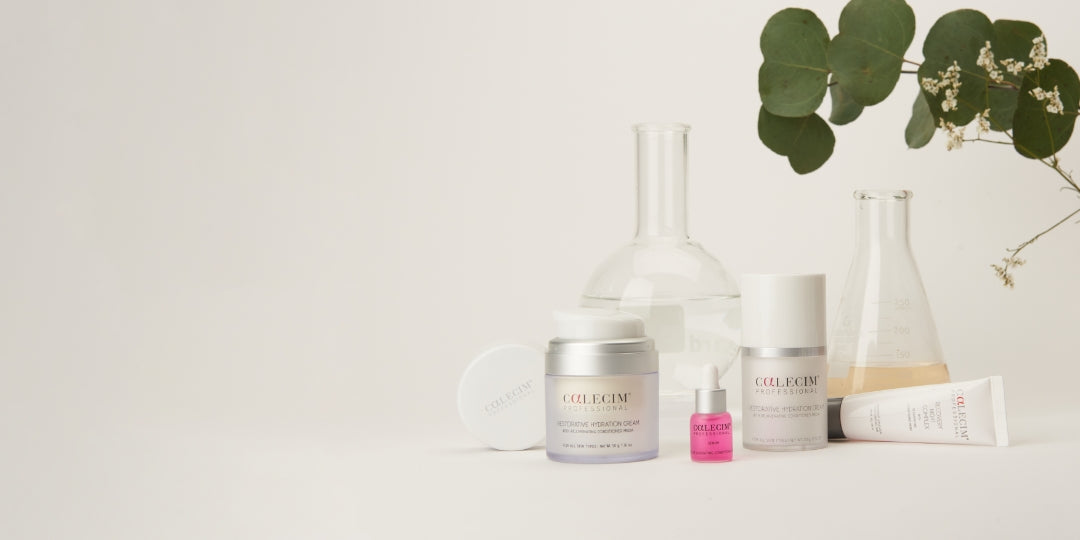
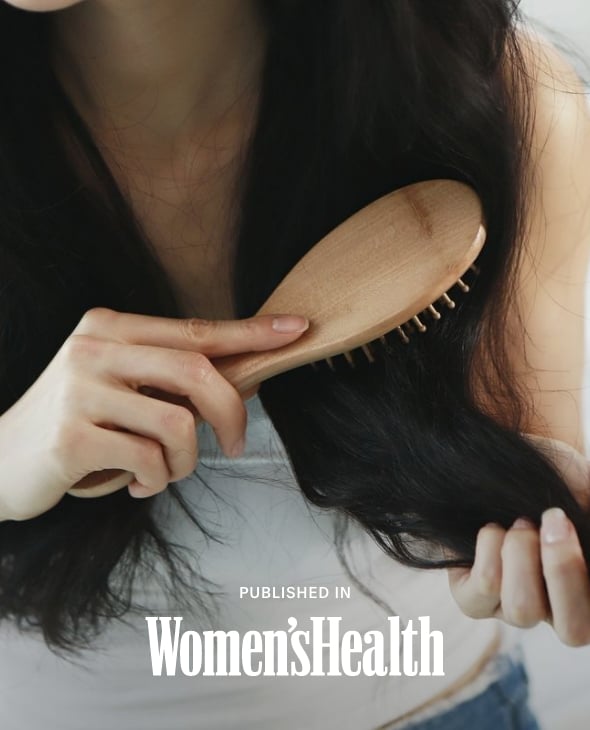







.jpg?v=1709086514426)


